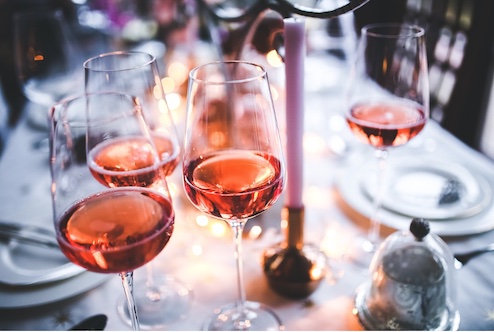
Are you venturing to Southeast Asia? You’re likely thrilled about sipping the local drinks and diving into the vibrant nightlife. But alongside the excitement, there’s a need for caution. Southeast Asia has a persistent issue with fake alcohol, a menace that can dampen your holiday mood and endanger your life.
Why the concern? To make quick bucks, dishonest sellers peddle counterfeit or homemade alcoholic beverages, which could be laced with toxic substances like methanol, ethanol, or even antifreeze. But worry not! In this piece, we’ll guide you on spotting these dangerous drinks, evading them, and reacting appropriately if you happen upon them.
Identifying Fake Alcohol
While fake alcohol can sometimes be challenging to discern, especially if you’re unfamiliar with regional brands, there are clues to help you avoid being duped:
Price: A super bargain might be a red flag. Although it’s tempting, especially for tourists, to grab alcohol at a fraction of the usual cost, remember: with cheaper drinks, you might compromise health and safety.
Packaging: Deceptive alcohol might be in reused bottles, showing evidence of tampering. This could be broken seals, mismatched labels, spelling errors, or shoddy printing. Some might even be sold in unsuitable plastic bags.
Label: Bogus labels often attempt to clone known brands, but they may display errors – watch out for inconsistent alcohol content data, incorrect origins, and faulty ingredient lists.
Aroma: A sharp or foul smell is a telltale sign. Methanol-laced drinks, for instance, might remind you of fruit or nail polish remover, whereas those spiked with ethanol might smell like gasoline.
Taste: If it tastes metallic or unexpectedly bitter, be wary. However, it’s essential to note that tasting suspicious alcohol can be risky.
Physical Reactions: Any unusual symptoms post-drinking, like dizziness, nausea, or blurred vision, should be a clear warning.
According to the Definitive Drinking Guide, examples of prevalent fake alcohol varieties in Southeast Asia include methanol-spiked spirits commonly found in tourist hubs, counterfeit versions of renowned brands, and local homemade brews of questionable quality. Organizations like APISWA123 and The ASEAN Post have detailed reports on this if you want to delve deeper.
Preventing Fake Alcohol Encounters
Prevention is always better than cure. Here’s how to sidestep the trap of fake alcohol:
Source Reliability: Opt for well-rated and licensed outlets such as reputed restaurants, hotels, or supermarkets. Steer clear of street sellers or unofficial online platforms that might push counterfeit or illegal items.
Drink Choice: Local beers, wines, or non-alcoholic beverages are generally safer bets. Imported spirits or mixed drinks could be riskier.
Visual Check: Before popping open a bottle, inspect it. Any irregularities or signs of tampering? Request a receipt or a guarantee.
Trust Your Gut: Literally and figuratively. If something smells or tastes off, or if you feel uneasy about a drink, it’s better left untouched. And if you start feeling sick, seek medical assistance immediately.
Several travel blogs and websites offer more advice on navigating this issue in Southeast Asia.
What to do if you encounter fake alcohol
Should you unluckily encounter fake alcohol:
- Medical Intervention: Experiencing signs of poisoning? Seek medical aid without delay. Never wait for symptoms to recede.
- Report: Inform local authorities, your embassy, or tourism boards, providing all relevant details.
- Legal Path: If counterfeit alcohol has harmed you, consider legal avenues. Legal counsel can guide you in seeking compensation.
- Regional health authorities and NGOs stand ready to offer further assistance.
Wrapping Up
Counterfeit alcohol in Southeast Asia is a genuine concern. But with alertness, knowledge, and the right preventive actions, you can ensure safety and enjoyment. Always remember: when in doubt, it’s better to abstain. Safe travels and genuine toasts to you!
Leave a Reply
You must be logged in to post a comment.